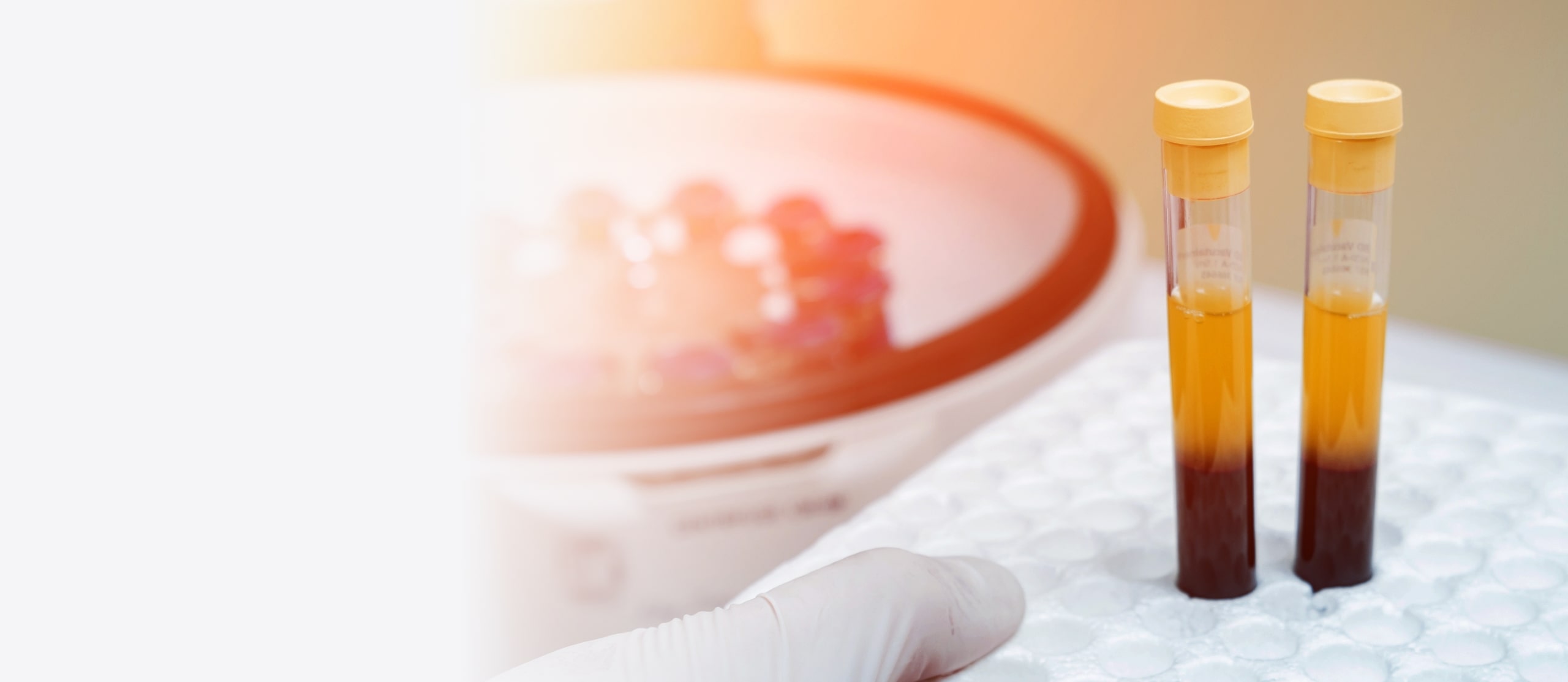Convalescent Plasma Therapy for Infections

Plasma is a life-changing resource for several diseases, disorders, severe burns, traumatic injuries, infections, and more.
An important application of plasma is convalescent plasma therapy. This therapy leverages the antibodies present in the blood plasma of recovered individuals to enhance the immune response and accelerate healing in others.
What Is Convalescent Plasma?
Your blood is made up of four parts: red blood cells, white blood cells, platelets, and plasma. Plasma is a yellowish liquid that comprises more than half of your blood’s volume and contains clotting factors, proteins, and other vital substances, like antibodies.
After your body fights off a viral infection, your immune system forms antibodies. These antibodies remain in your plasma and help to fight off the same virus if you encounter it in the future.
Convalescent plasma is donated by someone who has recovered or convalesced from infection with a specific virus or pathogen.
Antibodies to that virus linger in the plasma and can benefit others who may need help building an effective immune response to that same virus.
How Is Convalescent Plasma Used?
Convalescent plasma is transfused into the vein of a recipient. Typically, this is someone at risk of severe illness from a viral infection, often due to impaired immunity.
Convalescent plasma provides the recipient with an influx of antibodies, helping them mount a more effective defense against a specific pathogen (infection).
These antibodies bind to the virus, preventing it from invading the body’s cells and marking it for destruction by specialized immune cells and other processes. This targeted immune response is essential for fighting infection effectively.
Convalescent Plasma and COVID-19
COVID-19 has been treated with a spectrum of medications, including antivirals, anti-inflammatories, and monoclonal antibodies. Some treatments have been more effective than others, and some variants of SARS-CoV-2 (the virus that causes COVID-19) have developed resistance to certain medications.
One treatment used early in the COVID-19 pandemic was convalescent plasma.
Hospitalized and severely ill patients were given transfusions of plasma donated by people who had previously recovered from COVID-19 infections with the goal of providing a boost of antibodies to help patients’ immune systems fight the virus.
Healthcare providers continue to use convalescent plasma to treat COVID-19 in certain patients. There is evidence it continues to be effective, even as subsequent virus variants arise.
Convalescent plasma may also help decrease hospitalization, prevent severe illness, and reduce mortality in high-risk patients who contract COVID-19.
Candidates for COVID-19 convalescent plasma include those with a suppressed immune system. This may include patients receiving cancer treatment or those on medications for autoimmune conditions. People who are unable to take certain other treatments for COVID-19, such as antiviral medications, may also benefit from convalescent plasma.
Convalescent Plasma for Other Infections
COVID-19 is not the first infection to be treated with convalescent plasma. This therapy was used in the early 1900s to treat diphtheria, meningococcal disease, mumps, and measles.
The first Nobel Prize in medicine was awarded for using plasma to treat tetanus and diphtheria. The Spanish flu outbreak between 1918 and 1920 was the first pandemic in which convalescent plasma was used. In both cases, evidence showed a reduced mortality rate in those who received convalescent plasma.
Convalescent plasma therapy not only treated infectious diseases during the 20th century but also became the foundation for developing vaccines.
Consider Donating Plasma at PlasmaSource
Plasma donations are critically important, as plasma cannot be created in a lab.
Donations can not only provide convalescent plasma treatment for infections, but they can also help treat many illnesses and diseases, including cancer, liver disease, infections, blood disorders, and more.
We invite you to donate plasma at PlasmaSource. Learn more about our plasma donation process, and contact us to schedule an appointment.
